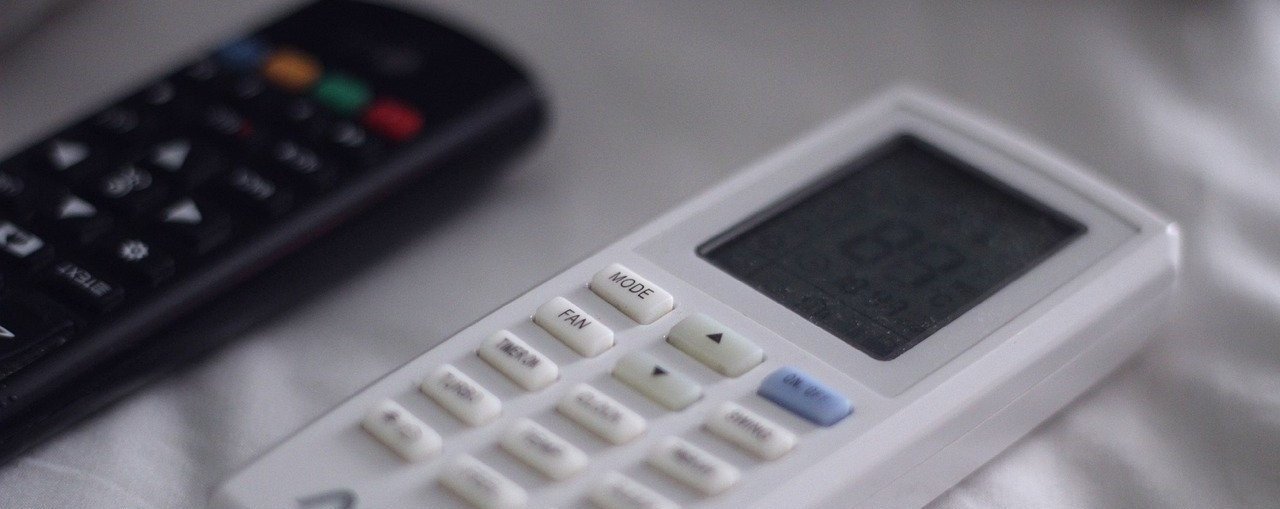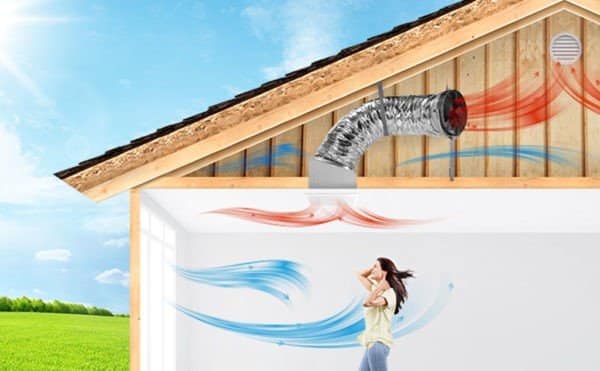Ventilation is beneficial for a number of reasons during the year, and can also play its part in minimising the spread of viruses. As we all begin returning to offices and catching up with friends and family, it is a good time to think about how optimising your indoor ventilation can help reduce the spread of the COVID-19 virus.
The COVID-19 virus is mainly spread through the transfer of large particles (droplets) and small particles (aerosols), and by touching contaminated surfaces. The smaller aerosol particles are lighter than droplets, therefore they remain suspended in the air for extended periods facilitating the transmission of the virus. This is where good ventilation comes into play.
Increased indoor ventilation, using fresh outside air, is the key to dispersing the viral particles that are suspended in the air. If someone does not yet know they are COVID-positive, indoor ventilation can help reduce the risk of them spreading the infectious virus to others.
Here are some simple measures you can implement at home and in your workplace to improve indoor ventilation.
Indoor Ventilation Tips For Reducing The Spread Of Viruses
1. Open doors and windows
One of the most straightforward and simple ways to increase ventilation indoors is to open the windows and doors. If weather permits, you could even move to gathering outdoors.
2. Set your air conditioner to bring in fresh outdoor air
When on the correct setting, air conditioners can aid in ventilation efforts. Rather than setting your air conditioner to recirculate (potentially infected) air, instead set it to pull in 100% fresh air from outdoors.

Workplaces – in particular office buildings – should prepare by consulting with their HVAC engineers and specialists as the pull of fresh air into the space needs to be faster than the pre-COVID setting (which was typically 40 litres of air per second, per person) and no less than 60 litres per second, per person.
Hot zones are spaces accommodating COVID-positive people, such as hospitals and quarantine facilities. The World Health Organisation (WHO) recommends that hot zones have 12 airflow changes per hour (that’s 80 litres per second, per person). This means that the hot zones would have the air totally replaced by fresh air 12 times every 60 minutes. This is considered the gold standard for ventilation, but can be difficult to achieve in many buildings.
3. Make use of fans
The US Centers for Disease Control and Prevention released guidelines that recommend placing fans near open windows and doors to enhance airflow, and to keep the fan running at all times while the room is occupied. Be mindful not to place the fan where it is pushing dangerous air directly from person-to-person, instead place it so the fan increases the flow of fresh air into the room. Also ensure it is drawing fresh air inside, rather than attempting to pull the used air out of the room.
Solatube’s whole house fan can circulate fresh air into your home while drawing out the hot, used air. The whole house fan system extracts stale, hot, used air from your and replaces it with cool, fresh air from outside.

4. HEPA filters for your home? Don’t bother
During a time of great confusion and fear, high-efficiency particulate air (HEPA) filters have been advertised as a way of reducing the concentration of SARS-CoV-2 particles in the air.
Although there is some evidence behind this in particular for health care, however the specific conditions for the effective use of HEPA filters in your home can depend on the airflow capacity of the HVAC unit, the room configuration, the number of people occupying the room, and the position of the filter. There is no evidence suggesting portable HEPA filter units will help reduce the risk in your home.
We hope that these ventilation tips can help you reduce the risk of COVID and other viruses in your home and workplace. If you are interested in a whole house fan, room ventilation or a solar roof ventilation system, give the ventilation experts at Solatube a call on 13 16 19 or visit our website.

